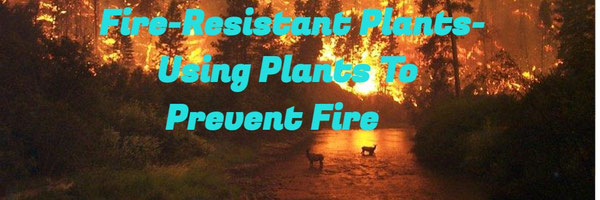Fire -Resistant Plants: The Future of Preventing Wildfires
Grade 6
Presentation
Problem
Wildfires have been on the rise in both numbers and intensity worldwide at an alarming rate. The detrimental effects that wildfires have on the environment, individuals’ health, and the economy is a major cause of concern that we see first hand in Alberta. Scientists worldwide strive to understand the patterns and causes in an attempt to control this issue.
Method
In an attempt to prevent the spread and reduce the intesity of wildfires, we can implement fire-resistant plants. These plants can reduce significant fuels, which is the major cause of quickly spreading fires. However, we should implement these plants with proper techniques and principles to create and maintain fire resistant forests.
Research
Fire resistant plants have certain characteristics that make them different from ordinary plants. These include:
-
High moisture content(burn slowly)
-
little dead wood/leaves
-
Open branching(fewer denser leaves/branches)
-
Slow growing habits(reduce pruning requirements)
-
Water like sap
-
Little or no odour

